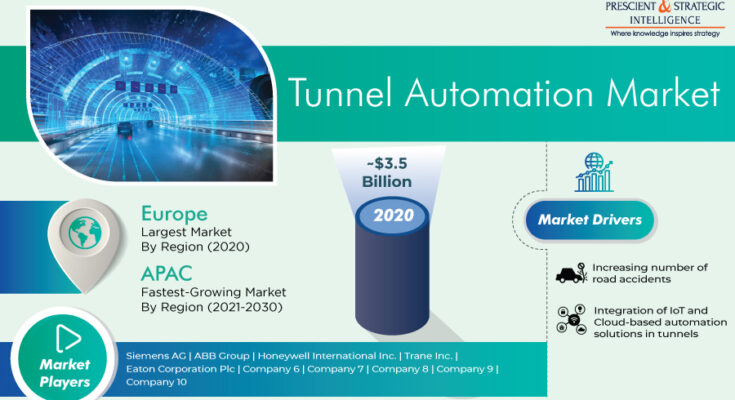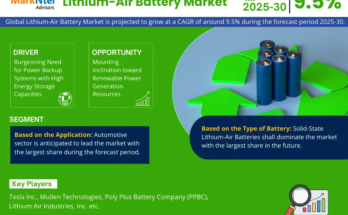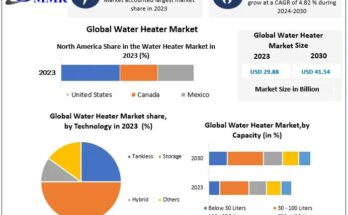The global tunnel automation market reached a value of $3.5 billion in 2020, and it is expected to advance rapidly from 2021 to 2030 (forecast period). The major factors driving the expansion of the market are the enactment of stringent government regulations, surging requirement for improved road safety and security solutions, owing to the rising incidence of road accidents, increasing adoption of tunnel automation systems equipped with advanced technologies, such as the internet of things (IoT) and cloud storage, and soaring number of tunnel construction projects across the world.
According to the World Health Organization (WHO), around 1.3 million people lose their lives every year because of road accidents. Furthermore, the organization reported that road accidents are primarily responsible for the deaths of children and young individuals aged 5–29 years. With road safety becoming a major area of concern, the governments of many countries are making huge investments in advanced technologies, such as tunnel automation, in order to improve surveillance, security, air conditioning, lighting, and ventilation in tunnels.
Besides the aforementioned factor, the increasing incorporation of cloud- and internet of things (IoT)-based automation solutions in tunnels is also driving the expansion of the tunnel automation market. Owing to their ability to provide an edge over conventional manual management methods, tunnel automation systems are being increasingly incorporated with technologies, such as cloud computing, data analytics, and internet of things (IoT). These technologies enable the sharing of data between communication systems and various other devices, such as sensors, lighting systems, and thermostats.
The data gathered from these systems is analyzed and then, used for improving the efficiency of tunnels. Depending on tunnel type, the tunnel automation market is divided into highway and roadway tunnels and railway tunnels. Of these, the railway tunnels category dominated the market in the past, owing to the ability of railway tunnel automation solutions to reduce security and safety threats and improve the efficiency of various tunnel operations. Signalization, lighting and power supply, ventilation, fire and safety, communication, and air conditioning systems are some of the major components of railway automation, that improve tunnel functioning.
When component is taken into consideration, the market is categorized into signalization, lighting and power supply, and HVAC. Amongst these, the HVAC category dominated the market in 2020, and it is predicted to demonstrate the highest growth rate in the coming years. This will be because of the soaring usage of HVAC components and parts in tunnel automation to maintain proper ventilation inside the tunnels so that the heat and the harmful gases released by trains and vehicles can be eliminated.
Globally, Europe will contribute the highest revenue to the tunnel automation market in the forthcoming years, as per the estimates of the market research company, P&S Intelligence. This is credited to the several projects and initiatives launched by the governments of many European countries for optimizing transportation systems, the existence of mountain ranges, increasing incidence of road accidents, soaring requirement for public transportation systems, and increasing concerns being raised over the deteriorating road and rail safety in the region.
Hence, the market will exhibit rapid expansion in the coming years, owing to the rising prevalence of road accidents and increasing tunnel construction activities all over the world.




